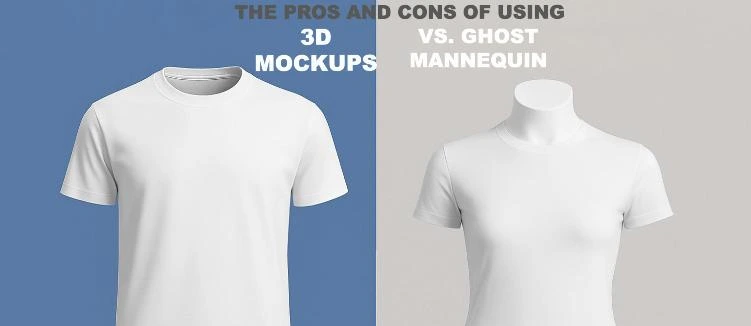Theodore Lowe, Ap #867-859
Sit Rd, Azusa New York
Find us here
Make Up Products Shoots and Editing for E commerce Business

Shooting and editing makeup products is an art form tailored to showcase beauty items appealingly. This process demands precision, a keen eye for detail, and an understanding of what potential buyers seek. Capturing the texture, color, and packaging of makeup products in a way that reflects their quality is essential.
Photographers and editors must work collaboratively to ensure that the final images convey the products’ best features. With the online marketplace bustling with beauty products, high-quality visuals become a crucial factor in a brand's success. Given the visual-centric nature of the beauty industry, mastering these techniques can give brands a competitive edge. The goal is to create images that not only look great but also drive engagement and sales.
Capturing The Essence Of Makeup Products
Capturing the essence of makeup products in photography is an art. It's more than just snapping a picture. The right photo brings out the textures, colors, and details that make makeup so unique. Great imagery can turn viewers into buyers. Let's explore the techniques that will help your makeup photos stand out.
Key Elements Of Makeup Photography
Understanding the key elements in makeup photography is crucial. Focus on clarity, lighting, and backdrop. Textures must pop. Shadows should define shapes. Colors need to draw the eye. Follow these points for photos that shine:
- Lighting: Ensure your products are well-lit without harsh shadows or glares.
- Background: Choose a backdrop that complements without distracting.
- Focus: Use a sharp focus to capture every small detail.
- Angles: Shoot from various angles to showcase the product fully.
- Editing: Enhance photos with editing, but keep them realistic.
Choosing The Right Equipment
The correct equipment makes a difference. Begin with a quality camera. It doesn't have to be professional-grade. A good smartphone works. Lighting kits help. A tripod stabilizes your shots. Consider these suggestions for equipment that elevates your makeup photography:
|
Equipment Type |
Recommendations |
|
Camera |
DSLR, Mirrorless, or High-End Smartphone |
|
Lighting |
Ring Light, Softbox, Natural Light |
|
Tripod |
Sturdy, with adjustable heights |
|
Lenses |
Macro lens for close-ups |
Remember, patience and practice are your best tools. Each product has its unique sparkle. Your job is to find it and show it off to the world.
Setting The Stage
Before you capture the mesmerizing allure of makeup products, ‘Setting the Stage’ is crucial. It involves creating a visual environment that complements the textures and colors of the products. From backgrounds to lighting, every detail adds to the final image. Use these tips to create eye-catching photos that will make viewers stop and stare.
Creating A Flattering Background
Backgrounds can make or break your makeup product shots. Choose one that makes your products pop. A simple, solid color often works best, allowing the makeup to be the star. Use materials like paper, fabric, or even textured surfaces to bring a creative edge to your photos. Stick with neutral or complementary colors for a professional look.
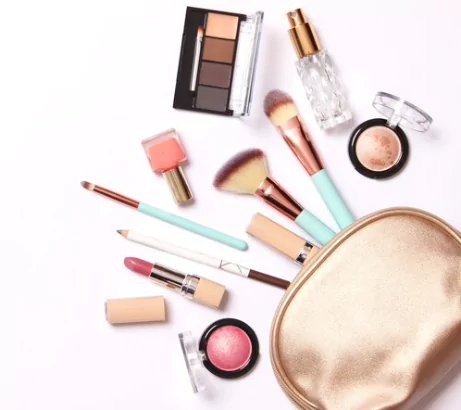
Pure white for a clean, clinical vibe.
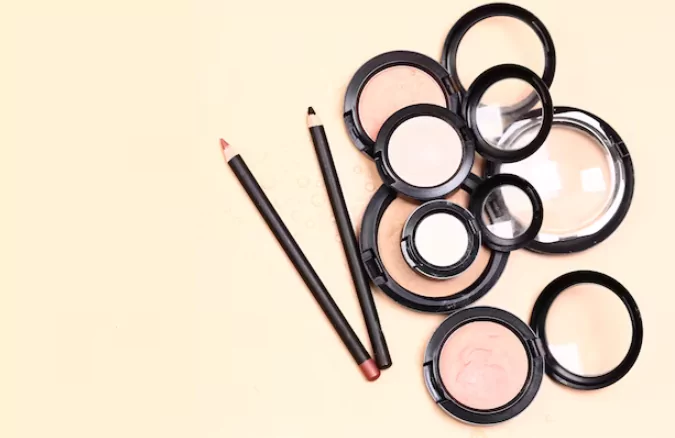
Soft pastels to add a touch of elegance. 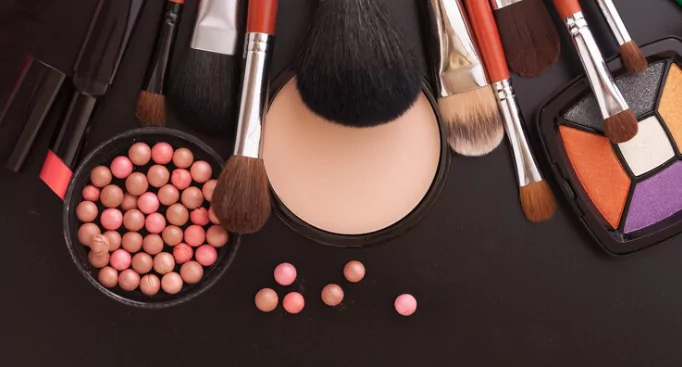
Deep blacks or dark hues for a luxurious feel.
Lighting Techniques For Vibrant Colors
Lighting determines color vibrancy and highlights the product's features. To get the best results, use natural light or a ring light for even, diffuse illumination. Angling lights can also bring out textures and pigments effectively.
|
Lighting Technique |
Benefit |
|
Direct sunlight |
Enhances colors, but avoid harsh shadows. |
|
Diffused light |
Softens features, reduces glare. |
|
Backlighting |
Creates a halo effect, emphasizes shape. |
Composition And Framing
Successful photography of makeup products hinges on expert composition and framing. This technique turns ordinary images into captivating visuals. It highlights the product’s finest details. For makeup products, which often boast intricate designs and vibrant colors, this is crucial.
The Rule Of Thirds In Product Shots
The Rule of Thirds is a fundamental principle in photography. Imagine your frame divided by two equally-spaced horizontal and vertical lines, creating nine squares. The subject should align with these lines. The intersection points are where viewers’ eyes naturally fall. Let’s apply this to makeup products:
- Center your product on one of the intersections.
- Arrange additional elements, like brushes or petals, along the lines.
- Ensure the background is simple, to not distract from the product.
Utilizing Angles For Creative Impact
Angles can give a new perspective to makeup product shots. They create a sense of depth and showcase products uniquely. Here's how to get started:
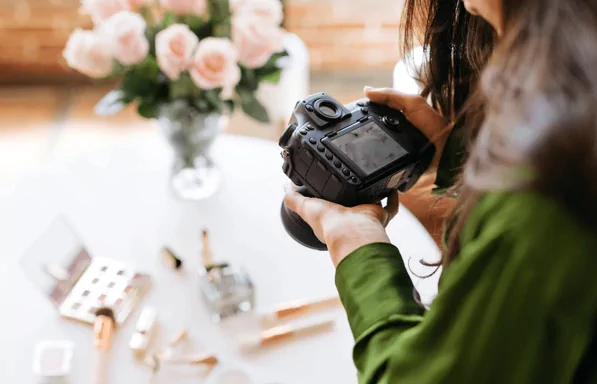
Shoot from above for a clean, organized look.
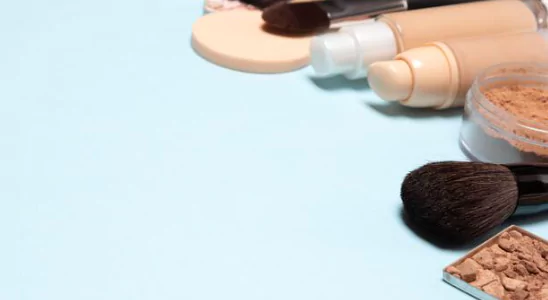
Try a side angle to capture the texture of the product.
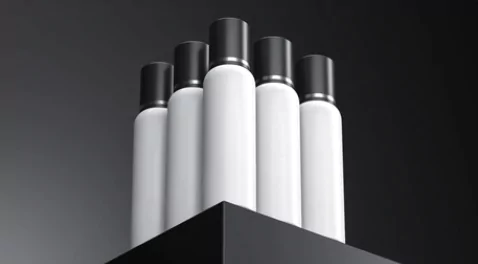
Use a low angle for a dynamic, towering effect.
Experiment with different angles. Find the one that best presents your product.
Post-production Magic
The journey of a makeup product photo doesn't end with the click of a camera. Enter the world of post-production magic – where your images transform into stunning visuals that capture every glitter and pigment. Good editing can make colors pop, details sharp, and your entire lineup of cosmetics irresistibly eye-catching. Ready to explore? Let's dive into the essential tools and techniques that turn good photos into great ones.
Essential Editing Tools For Makeup Photography
- Adobe Photoshop: For refining details and layer-based editing
- Lightroom: Streamlined color and exposure adjustments
- Capture One: Professional-level color grading tools
- Snapseed: Quick edits on-the-go for mobile devices
Selecting the right editing tool is crucial. Each of these brings unique features to the table. Use them to enhance textures and details or to create a consistent look across your makeup line.
Color Correction For True-to-life Hues
Color plays a vital role in makeup photography. It's essential to get the hues right. The right shade can help customers choose their desired product.
|
Editing Step |
Purpose |
Benefit |
|
White Balance |
Adjust lighting temperature for accurate color display |
Makes product colors reliable and consistent |
|
Hue/Saturation |
Tweak specific colors to match product shades |
Ensures color integrity for customer trust |
|
Curves/Levels |
Control brightness and contrast for depth |
Highlights textures and pigments |
After snapping the perfect shot, ensure the colors match what's in the pan, tube, or bottle. Use these color correction steps to make your photos look real.
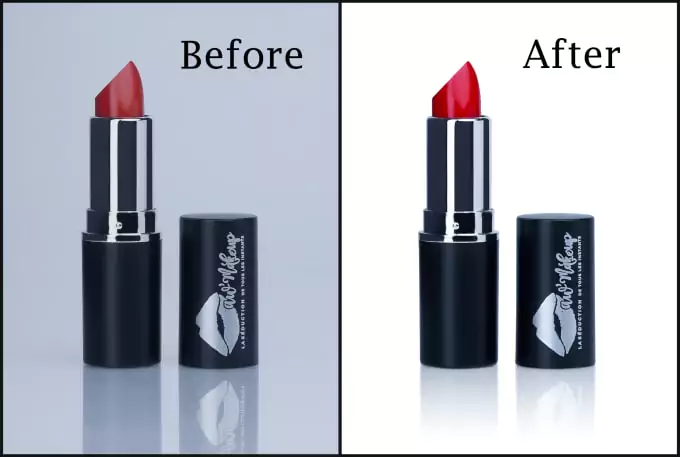
Showcasing The Details
When you photograph makeup products, small details matter. Capturing those tiny sparkles or the rich texture of a foundation can transform your images. Photos that highlight the unique aspects of makeup products entice viewers and enthrall potential buyers. Showcasing product details requires specific techniques. Here's how to do it right.
Macro Photography For Texture And Sparkle
Macro photography lets you dive into the world of minute details. When shooting makeup, the goal is to reveal qualities invisible to the naked eye. A macro lens captures the texture of powders, creams, and pigments. It shows the sparkle of glitter and the sheen of highlighters. To get the best shots:
- Use a tripod for stability.
- Employ a cable release or remote to minimize camera shake.
- Ensure adequate lighting to reveal the product's texture.
- Adjust the aperture settings to control the depth of field.
Note: Practice patience as focusing can be tricky. The result will be worthwhile, revealing a world of intricate beauty in makeup.
Highlighting Product Features Through Focus
Selective focusing draws the viewer's eye to the most important product features. Use a shallow depth of field to isolate elements and create a blur around them. This technique emphasizes specific product qualities and creates a professional look. Tips include:
- Choose a low f-stop number.
- Focus on the area you want to show perfectly clear.
- Experiment with angles to find the most flattering focus point.
Post-processing allows refinement. Use photo editing software to adjust sharpening and contrast. Challenge yourself to keep the product's authenticity while enhancing its allure.
Telling A Story With Images
Each photograph tells its unique tale, especially in the vibrant world of makeup. With the right techniques, you can make those tales leap off the page and capture your audience's imagination. This section unveils how to shoot and edit makeup products creatively, ensuring they not only look striking but also weave a compelling visual narrative.
Creating A Visual Narrative For Brands
To create an impactful brand story, focus on visuals that stimulate emotions and convey your message effectively. Below are key points to remember:
- Brand identity remains central to the narrative.
- Themed backdrops align with the product palette.
- Props suggest lifestyle connections to the brand.
Editing plays a crucial role in this narrative. Adjustments should enhance colors and textures without distorting the product's natural appeal. Tools like Lightroom and Photoshop offer functions for detailed retouching, ensuring the final image aligns with the brand’s story.
Incorporating Models And Real-life Usage
Showcasing makeup in action adds life to your story. When selecting models, consider these aspects:
|
Consideration |
Purpose |
|
Diverse representation |
Reflects inclusivity and broad appeal. |
|
Natural lighting |
Highlights the product's true colors. |
|
Authentic expressions |
Connects emotionally with the viewer. |
When editing images with models, maintain skin texture and integrity. Over-editing can lead to misleading representation. Aim for a balance that embellishes the makeup while keeping the look believable.
Use these techniques to create persuasive stories with your makeup images. They will not just attract viewers but convert them into loyal customers.
Conclusion
Capturing the true essence of makeup products requires skill and creativity. Utilize the techniques shared to elevate your photography and editing game. Remember, practice and experimentation are key to perfection. Your stunning visuals will not only engage viewers but also drive your brand's success.
Related blog posts
26 Tips for Outstanding Wedding Photography
Dive into this article to learn tips for capturing wonderful wedding memories through photography.

How to Edit Clothing Product Photos to Drive Sales
Editing clothing product photos to boost sales involves enhancing visual appeal and ensuring image clarity. Use tools to adjust lighting, remove backgrounds, and showcase texture.

The Pros And Cons of Using 3D Mockups Vs. Ghost Mannequin
When you're in the business of selling products online, the way your items are presented can make or break a sale. You've got two powerful tools at your disposal: 3D mockups and ghost mannequin photography.
